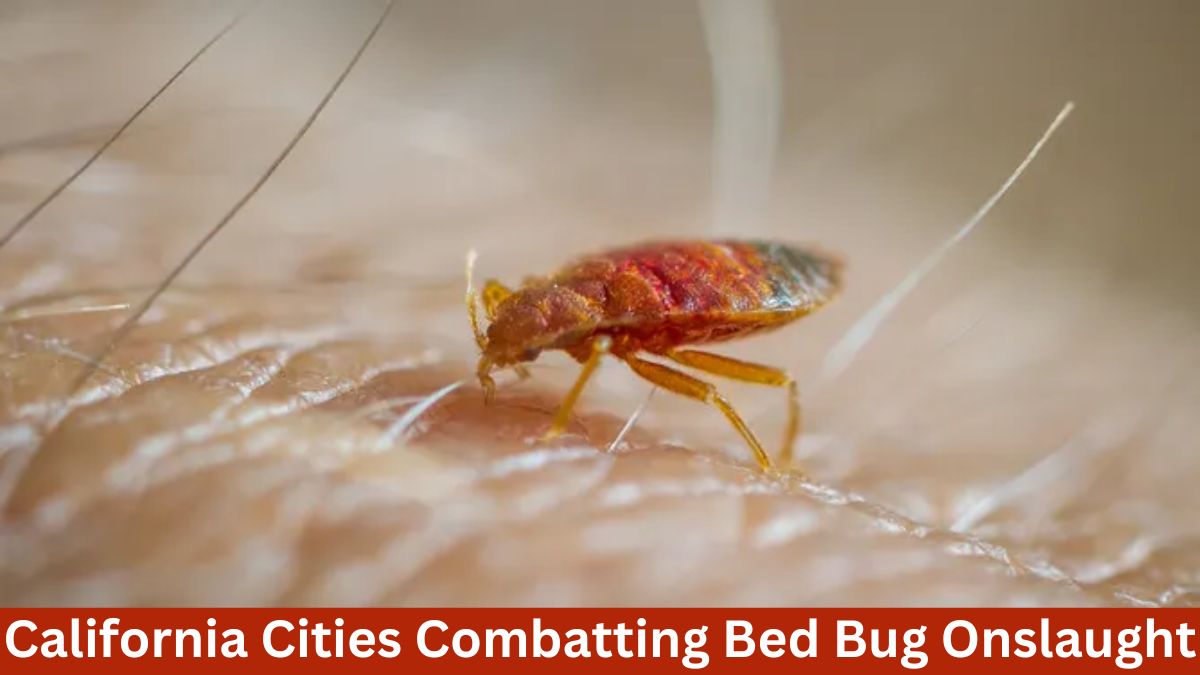Bed bugs, once considered a relic of the past, are reemerging as a significant problem due to increased travel and shifting resident patterns following the pandemic. This resurgence is particularly evident in major cities like Los Angeles and San Francisco, where bed bug treatments have surged, reflecting the broader challenges faced by travelers and the hospitality industry.
The Resurgence of Bed Bugs in Major Cities
Overview: Bed bugs have made a dramatic comeback, exacerbated by the increase in travel and changes in living patterns brought about by the pandemic. Cities with high travel volumes and dense populations, such as Los Angeles and San Francisco, are experiencing significant increases in bed bug infestations.
Statistics and Facts:
- Orkin’s Survey: According to a recent internal survey by Orkin, Los Angeles and San Francisco are among the top twenty U.S. cities for bed bug treatments. Los Angeles dropped to the 12th position, while San Francisco climbed to 19th.
- Travel Impact: The resurgence in bed bugs is partly attributed to the rise in travel and the movement of residents between states, which facilitates the spread of these pests.
Public Health Concerns: Bed bugs, though not known to transmit diseases, pose serious public health risks. The U.S. Centers for Disease Control and Prevention (CDC) and the Environmental Protection Agency (EPA) issued a joint statement highlighting the physical, mental, and economic consequences of bed bug infestations.
CDC Statement:
- Public Health Importance: Bed bugs are categorized as significant public health pests. They cause various issues, including allergic reactions, secondary skin infections, anxiety, and insomnia.
- Comparison with Other Parasites: Unlike body lice, which can transmit diseases, bed bugs do not transmit diseases but still impact health and well-being through bites and related reactions.
Challenges in Post-Pandemic Bed Bug Control
Overview: The post-pandemic period has brought unique challenges in managing bed bugs, particularly in the travel and hospitality sectors. The reduction in available custodial staff and the bed bugs’ resistance to common treatments complicate control efforts.
Challenges Faced:
- Reduction in Custodial Staff: The hospitality industry faces difficulties due to a decrease in available staff, impacting the frequency and quality of cleaning and pest control.
- Treatment Resistance: Bed bugs have shown resistance to many commercial pesticides and heat treatments, making eradication more challenging.
- Dormancy and Hiding Spots: Bed bugs can remain dormant for months and often hide in hard-to-clean areas such as walls, crevices, and furniture.
Detection and Response:
- Signs of Infestation: Bed bugs are often detected through bite marks, complaints from occupants, and bloodstains on bedding from defecation after feeding.
- Inspection Protocols: Trained personnel should inspect infested areas, using protective equipment to prevent the spread of bed bugs to other parts of the facility.
Effective Strategies for Managing Bed Bug Infestations
Overview: Addressing a bed bug infestation involves a multi-step approach, including detection, treatment, and preventive measures.
Steps to Manage Infestations:
- Inspection: Have trained professionals inspect the area with appropriate protective gear.
- Identify and Remove: Identify infested areas, remove clutter, and dispose of it safely.
- Cleaning: Remove and launder bedding in hot water, dry on the hottest setting. Vacuum floors and use attachments to clean furniture and mattress crevices.
- Treatment: Apply commercial-grade desiccant powder around and on the bed and in suspected infestation areas. Quarantine the room and follow prescribed waiting periods before reentry.
- Repeat Applications: Repeat the application of desiccant powder as necessary to ensure thorough treatment.
The Economic and Practical Implications of Bed Bug Control
Overview: The cost and complexity of managing bed bug infestations can be significant, especially for large facilities. Preventive measures and outsourcing services are crucial for effective control.
Economic Considerations:
- Cost of Services: Post-infestation pest control can be expensive, particularly for large facilities. Investing in prevention and maintenance can reduce long-term costs.
- Outsourcing: Many businesses find it cost-effective to outsource their environmental cleaning and pest control services. This approach provides access to experienced professionals and high-performance cleaning solutions without the overhead of maintaining an in-house team.
Preventive Measures:
- Daily Cleaning: Regular environmental cleaning can help prevent infestations. However, trained personnel or specialized service providers are often needed for effective bed bug management.
- Outsourcing Benefits: Outsourcing pest control and cleaning services can be a practical solution for businesses looking to manage costs while ensuring high standards of cleanliness and pest control.
Seeking Professional Help
Overview: For those struggling with bed bug infestations or seeking preventive measures, professional assistance can provide tailored solutions and effective management.
Contact Information:
- Bakersfield, CA: Call (661) 437-3253
- Fresno, CA: Call (559) 206-1059
- Valencia/Santa Clarita, CA: Call (661) 437-3253
- Palmdale/Lancaster, CA: Call (661) 371-4756
Conclusion:
As travel resumes and living patterns shift post-pandemic, bed bugs are likely to continue spreading, affecting both urban and rural areas. Effective management requires a combination of proactive measures, professional pest control services, and public awareness. By understanding the challenges and adopting comprehensive strategies, individuals and businesses can better navigate the resurgence of these persistent pests.
This Article Includes







